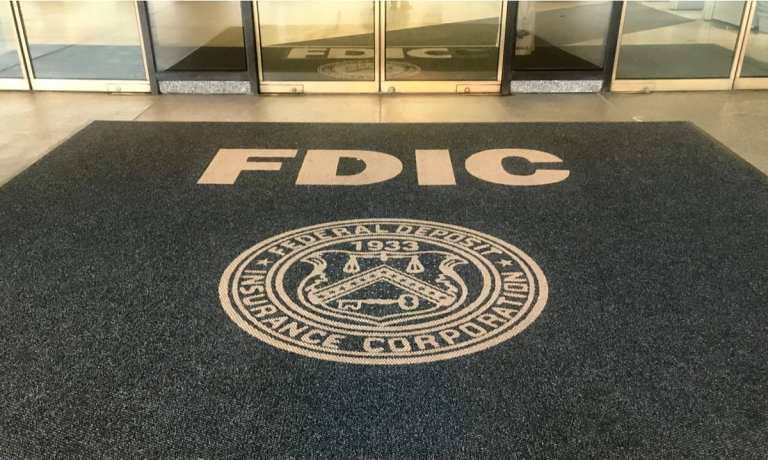FDIC: Bank Profits Dropped 36.5 Pct In 2020

U.S. bank profits fell 36.5 percent in 2020 compared to the previous year due to the large volume of money set aside to cover potential losses caused by the coronavirus pandemic, according to a report from the Federal Deposit Insurance Corporation (FDIC).
Full-year 2020 net income was $147.9 billion in 2020, down $84.9 billion from 2019. Financial institutions (FIs) are slowly rebounding, however, showing signs of recovery in the fourth quarter as the economy started coming back. Fourth-quarter profits were up 9.1 percent, hitting $59.9 billion. The new data shows the broad swings the banking industry went through in 2020, as many businesses and households struggled to stay afloat.
“Modest improvements in the economy and higher consumer spending supported stronger earnings results for the banking industry in the third quarter. However, economic uncertainties and pressure on revenue from unprecedented net interest margin compression continued to weigh on the banking industry. Nonetheless, the industry remains well-positioned to accommodate loan demand and support the economy,” the report indicated.
European banks held off on issuing loans during the pandemic in order to shield against risk, but the demand for loans was also down, even in the fourth quarter of 2020.
Falling commercial real estate prices could cause even more bank losses as people continue to work and shop from home online. In October, the inactivity caused by COVID-19 was evidenced by steep loan losses.
In November, the German bank Commerzbank warned there could be an increase in bankruptcy filings as the country started locking down for the second time. The country’s second-largest bank posted a net loss of €69 million ($83.8 million) in the third quarter, lower than forecasted and significantly less than the €297 million profit for the same quarter in 2019.